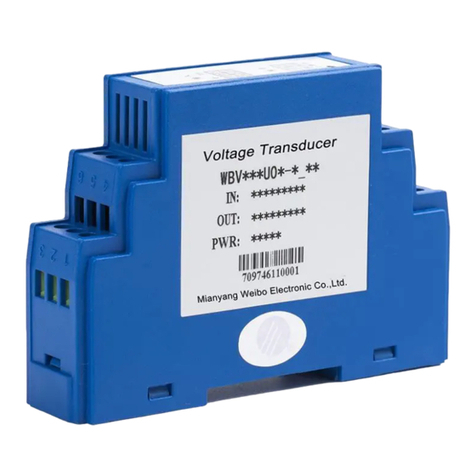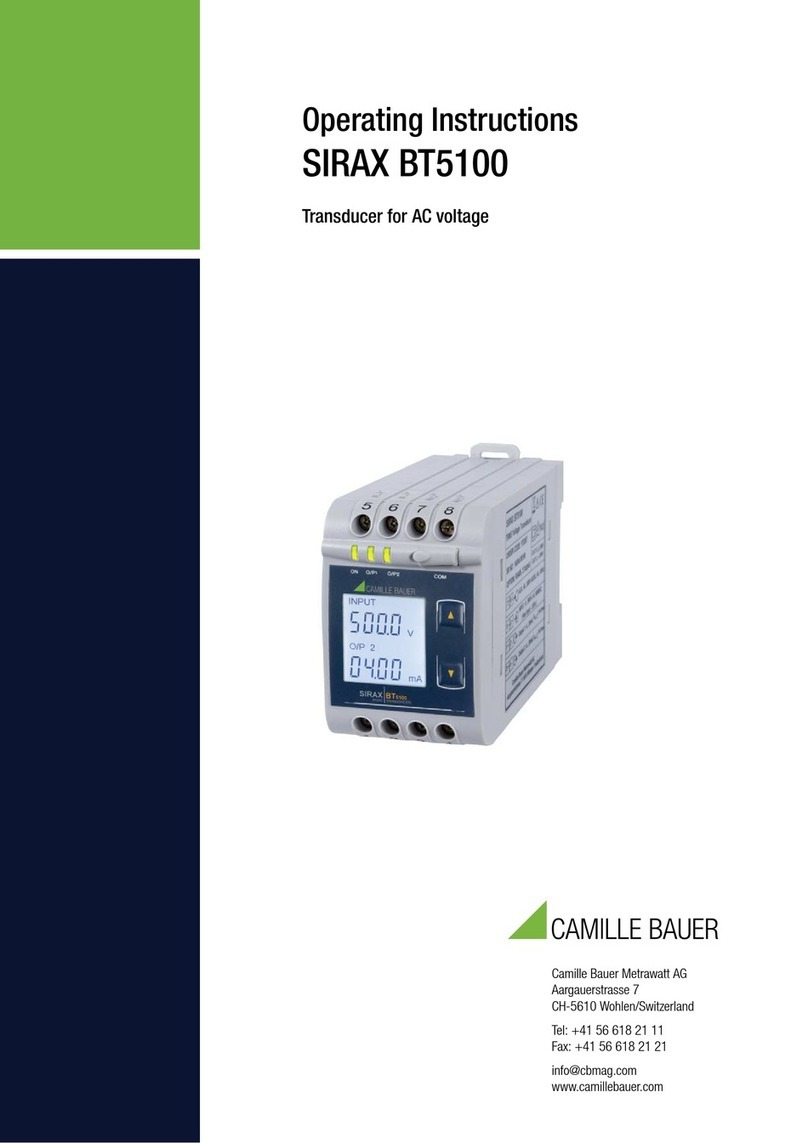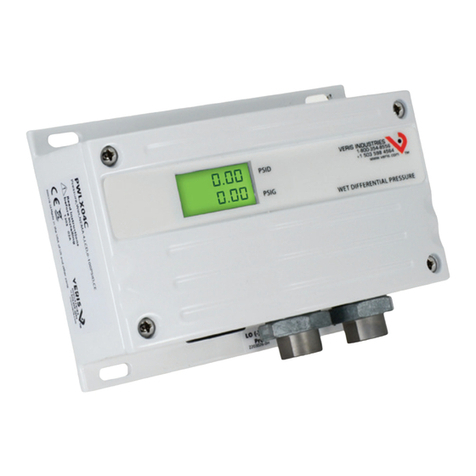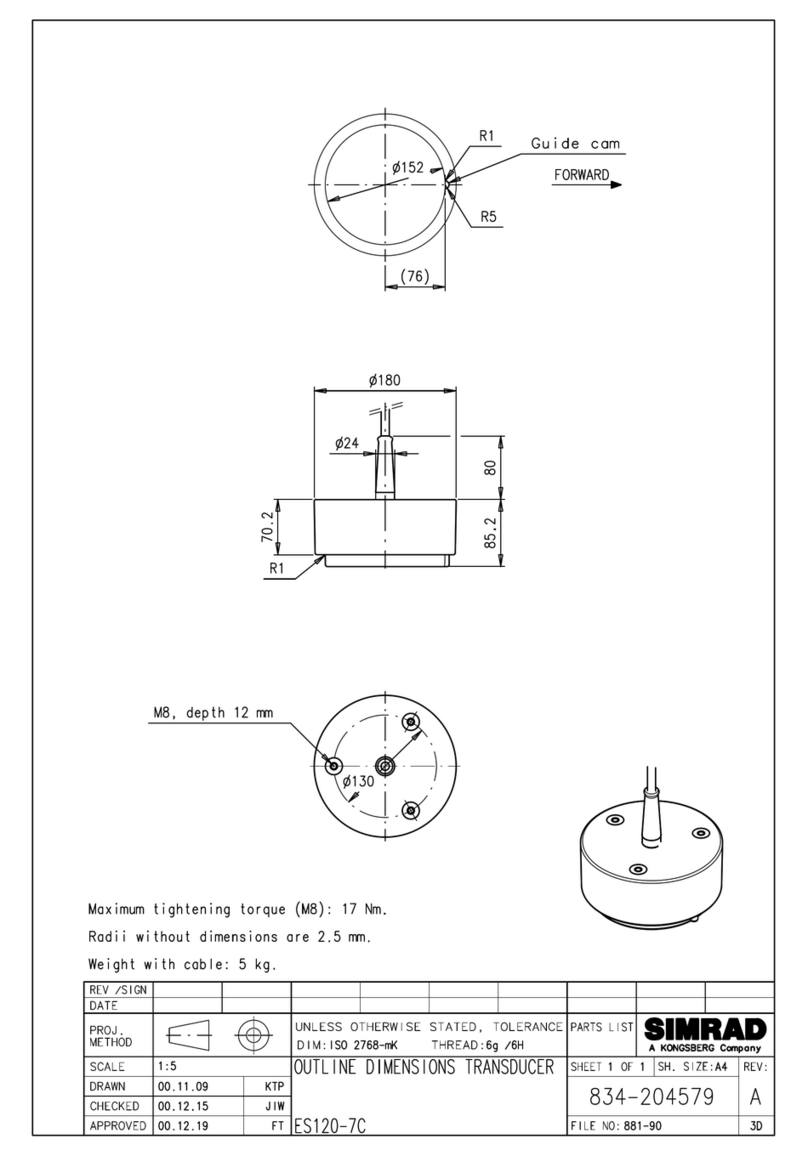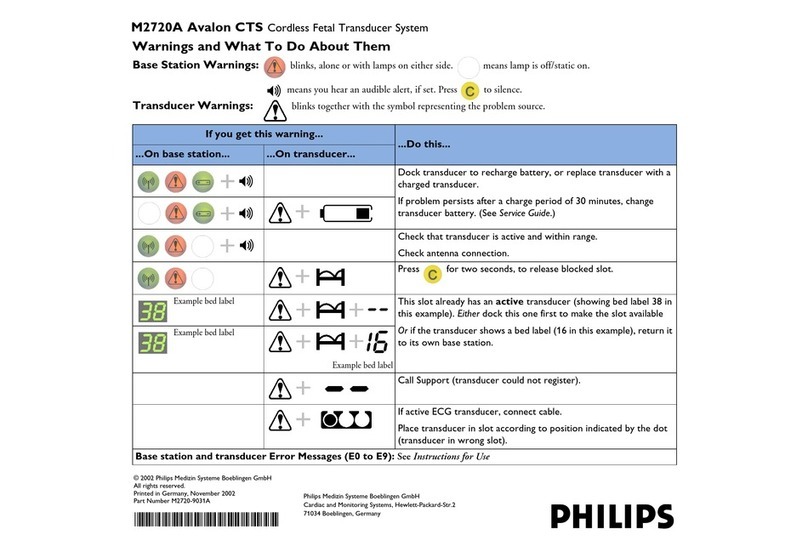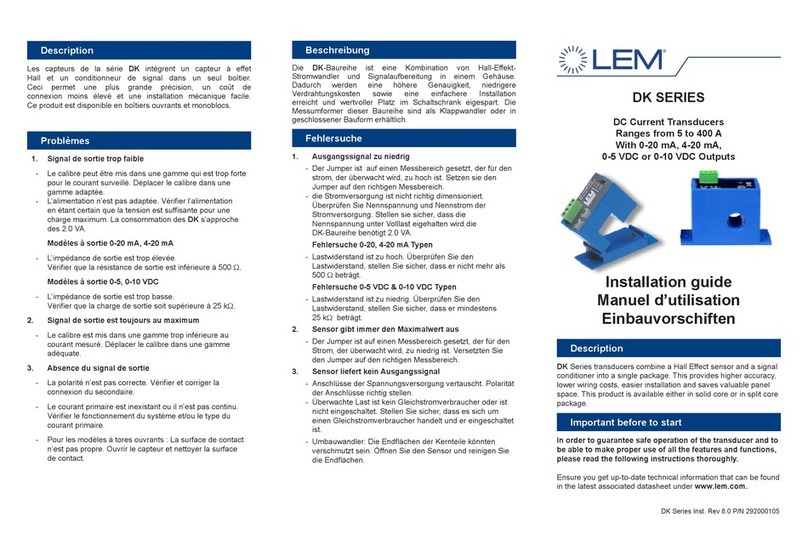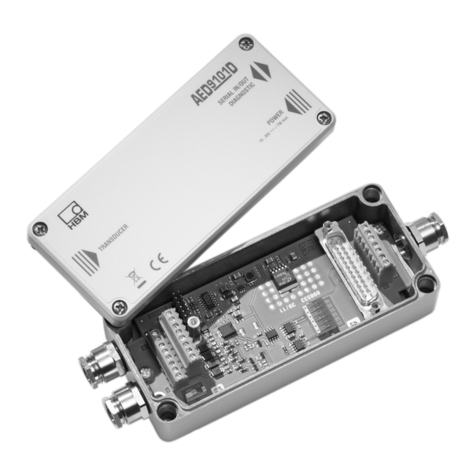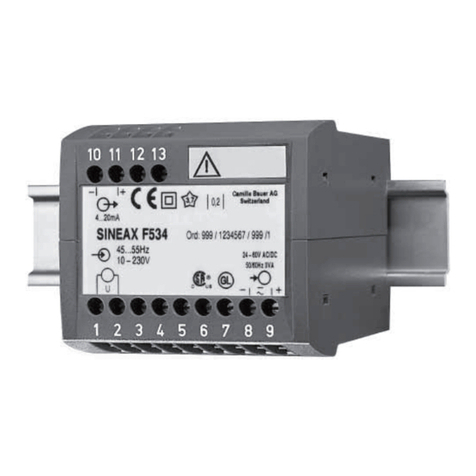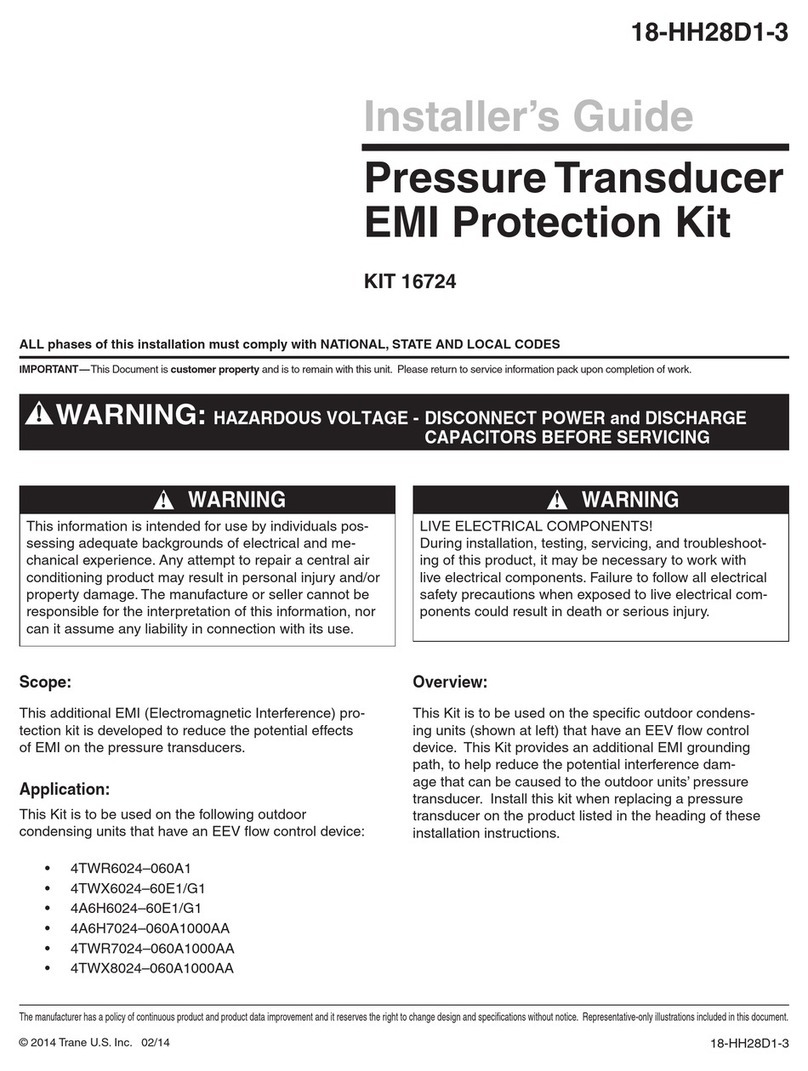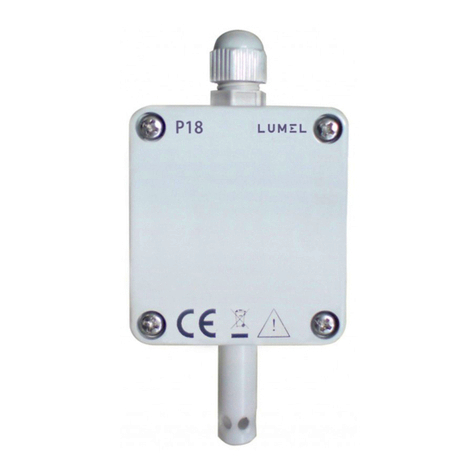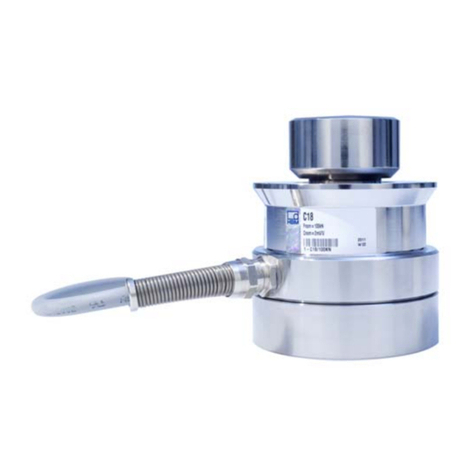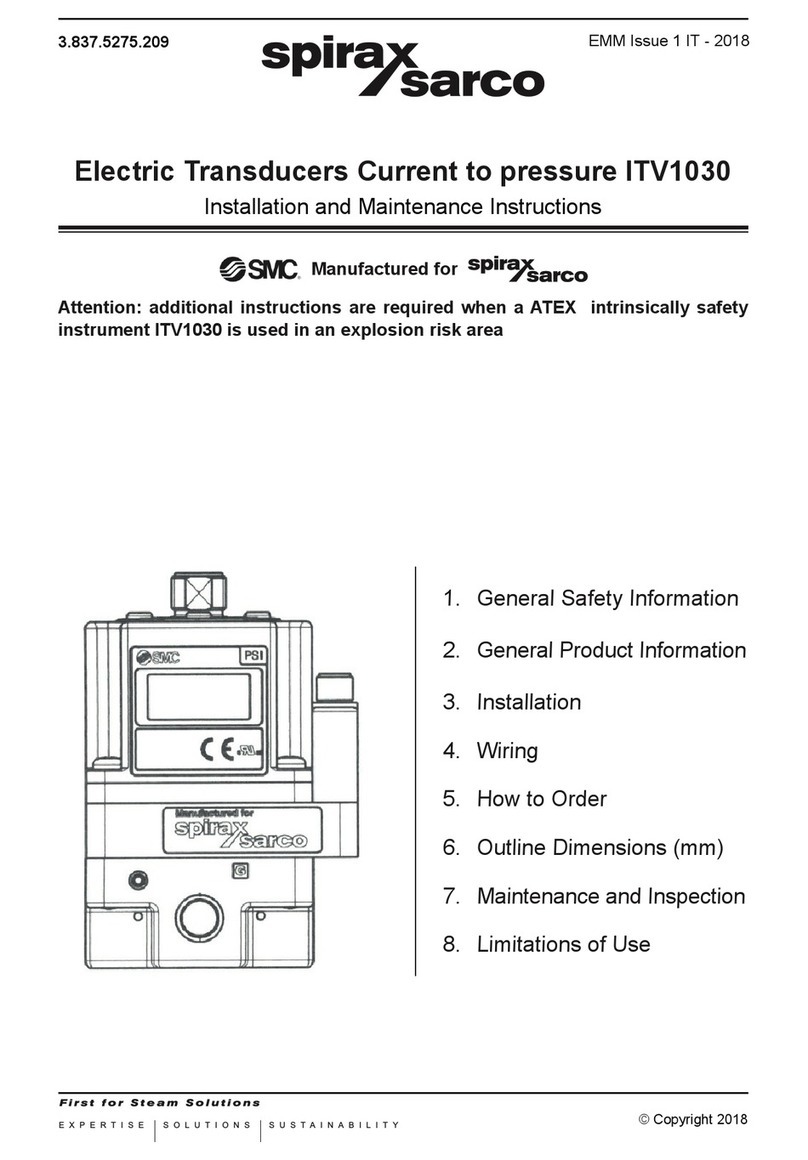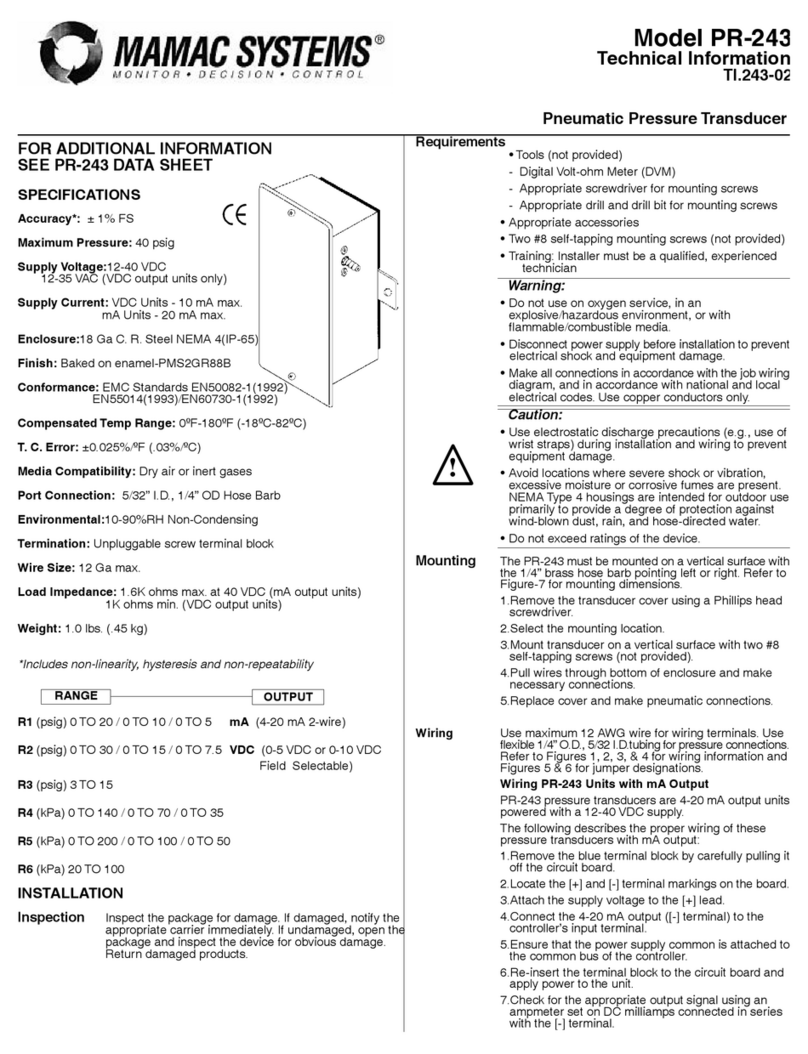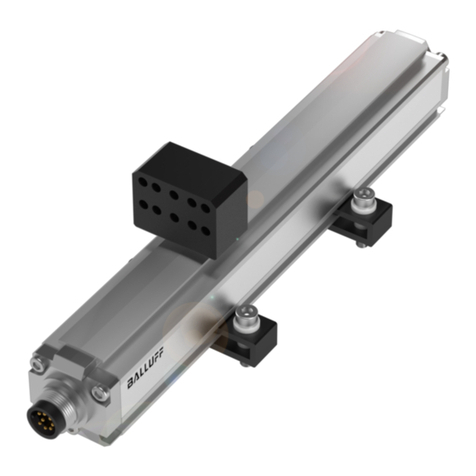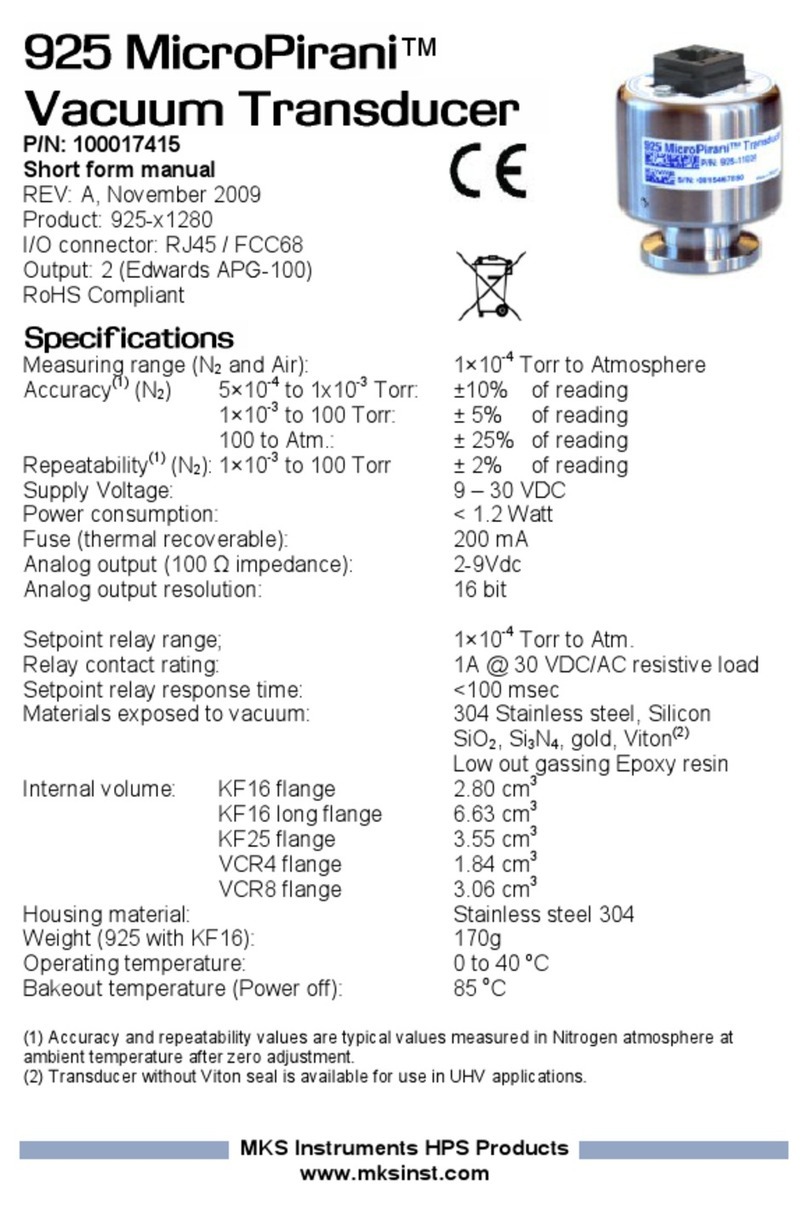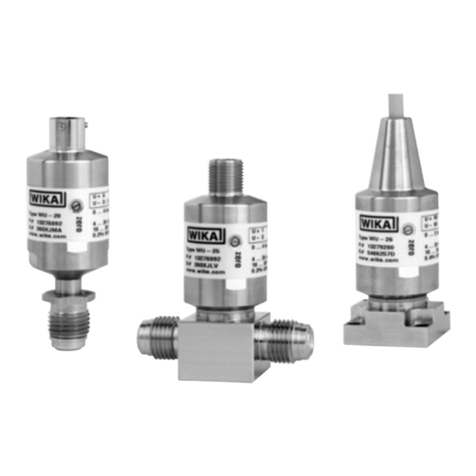
Warnings, Cautions and Important Information 1 General Information
3
When are Special Configurations Needed?
If one or more of the conditions above are not met, you need a special configuration of the Avalon CTS
(refer also to “Considerations for Choice of Configuration” on page 11). For instance, you may need to:
• Set fixed frequencies when there are other telemetry systems installed in the same institution. (In Japan,
local regulations always require the setting of fixed frequencies.) This configuration should be carried out
by qualified service personnel, either from the hospital’s biomedical department, or from Philips.
• Connect the Avalon CTS to an antenna system because the standard antenna is not sufficient to cover
the area intended for cordless monitoring. Site preparation, antenna system design (including guidelines
for mixed telemetry equipment installations), and installation should be carried out by qualified service
personnel from Philips.
• There are country-specific regulations requiring special configuration (in Japan, for example), or your
country requires a Multi-Region base station.
Warnings, Cautions and Important Information
WARNING A warning alerts you to a potential serious outcome, adverse event or safety hazard. Failure to observe a
warning may result in death or serious injury to the user or patient.
CAUTION A caution alerts you to circumstances where special care is necessary for the safe and effective use of the
product. Failure to observe a caution may result in minor or moderate personal injury, damage to the
product or other property, and possibly in a remote risk of more serious injury.
© Copyright 1995-2011 Koninklijke Philips Electronics N.V. All Rights Reserved.
Symbols on the System
In this book, graphical symbols (indicators or elements of the base station or transducer
displays) depicted in this way indicate that they are blinking.
This attention symbol indicates that you should consult this book and the Instructions for Use, and
particularly any warning messages.
Power-On/Stand-by Switch.
Power-On/Stand-by Indicator.
Equipotential Terminal.
This symbol identifies terminals that are connected together, bringing various equipment or parts
of a system to the same potential. This is not necessarily earth potential. The value of potentials
of earth may be indicated adjacent to the symbol.
